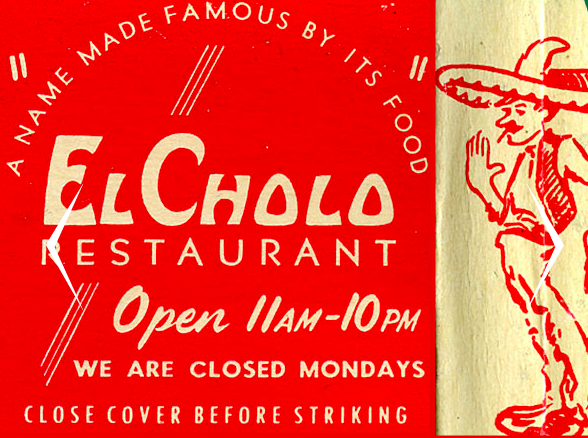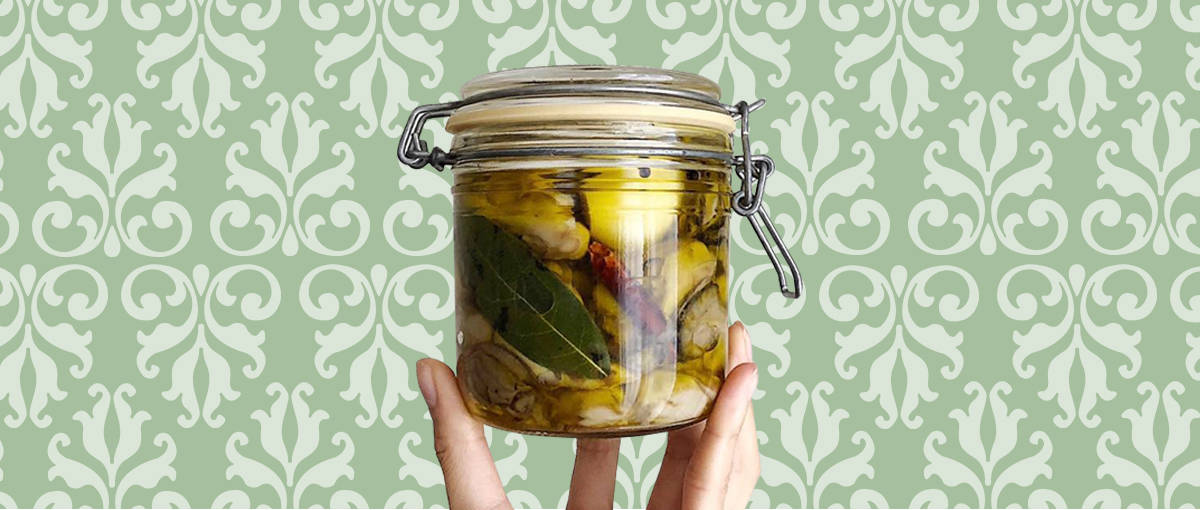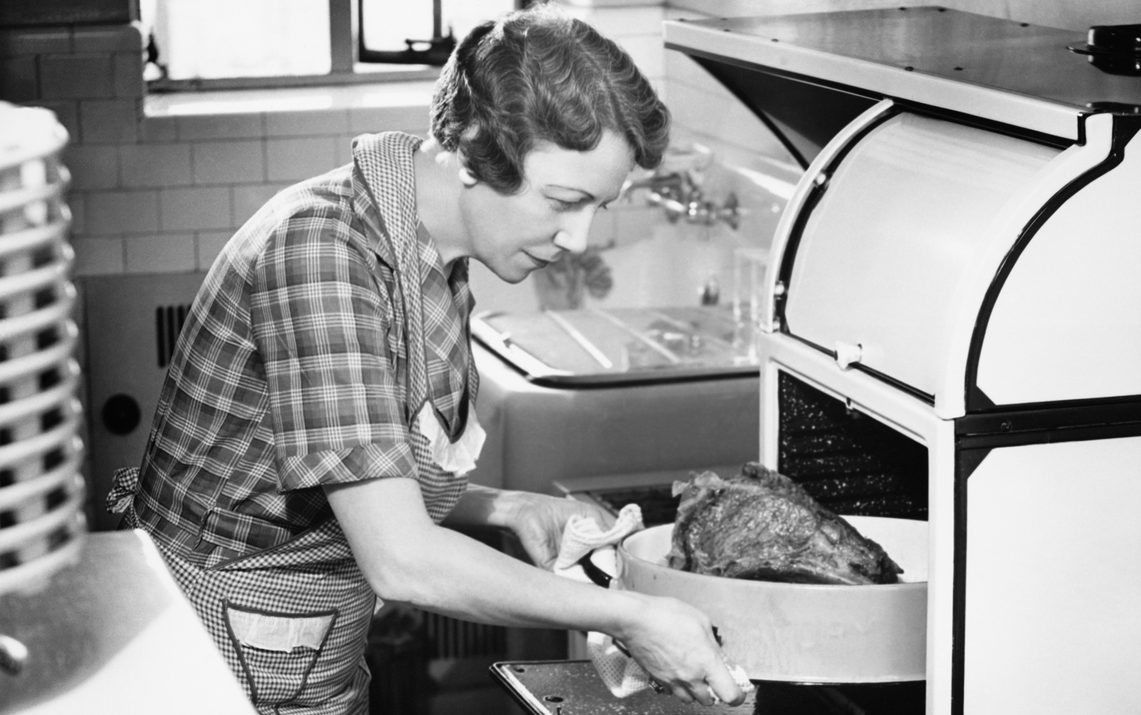It’s there to greet you at every birthday party and it’s hard to imagine a wedding ceremony without one. Yes, I’m talking about one of the world’s most popular desserts: cake! You eat coffee cake in the morning with a cup of Joe and you snack on a cupcake while at work. It’s safe to say that cake is a major part of American celebration culture, and with such a wide variety of flavors and forms to choose from, we’ve certainly proved that we can have our cake and eat it too. Spice cake, chocolate cake, fruit cake, cupcake…you get the picture. Cake history is all around us!
But cake isn’t just a dessert that Americans love to indulge in. From olive oil and crepe cakes to tres leches cakes, dessert lovers around the world would agree that cake is a foundational recipe worth savoring. But where did the first cake come from?
Well, that isn’t entirely known. According to Bon Appétit, the word “cake” came about in the 14th century, but at the time referred vaguely to “cooked dough.” It wasn’t until the next century that cake became associated with the sweet, spongy delicacy we know it as today. Over time, with the advent of experimental recipes and new baking tools, icing and frosting joined the mix and soon we had an array of flavors, compositions, shapes, and sizes to choose from.
Read this list of 30 different kinds of cake from throughout history, and see if you can spot the origin story of your fave!
Sponge Cake: Early 19th Century

iStock
Made with traditional ingredients like eggs, sugar, flour, and butter, this classic cake history finds its roots in England.
According to What’s Cooking America, one of Queen Victoria’s ladies-in-waiting would craft the dessert and serve it at teatime with friends. Sometimes referred to as Victoria sponge cake, this light and airy cake is still often served with tea and jam.
Angel Food Cake: 19th Century

Angel food cake is well known for its soft, delicate crumb and texture.
Another airy cake recipe, angel food cake is a type of sponge cake classically crafted using cream of tartar (an acidic byproduct of wine fermentation that acts as a leavener) and whipped egg whites. According to Martha Stewart, this cake traces its origins back to an early sponge cake recipe in the 1839 cookbook “The Kentucky Housewife.” Sponge cakes such as these also typically have a higher egg count.
Fruit Cake: 8th Century, B.C.E.

iStock
Fruit cakes are usually reserved for Christmastime, but in the United States you can order one year round.
This Yuletide fave is full of nuts, dried fruit, and aromatic spices. Interestingly, this cake finds its origins in ancient Rome, and according to Smithsonian Magazine, it once consisted of “a mishmash of barley, pomegranate seeds, nuts, and raisins as a sort of energy bar.” It wasn’t until the Middle Ages that it began to take on the cake-like appearance it has today. And although there’s a running joke that fruit cake isn’t actually enjoyable, hence Fruit Cake Toss Day, we certainly wouldn’t mind an extra slice with our eggnog.
Icebox Cake: 1920s
Sort of a cake, sort of pie, definitely delicious.
The recipe for icebox cake traditionally consists of either cookies, graham crackers, or wafers sandwiched between layers of whipped cream and pudding. Icebox cakes earned their fame in the 1920s thanks in part to the growing popularity of iceboxes (an early version of refrigerators that used large blocks of ice to keep things cold) around the US. The rules for an icebox cake are pretty liberal, and you can use any of your favorite flavor combos for this chilled dessert – just substitute the oven for the refrigerator and you’re set!
Bundt Cake: 1950s

iStock
We know them as the rich cakes baked within a circular aluminum pan, but why did we start placing cake batter in bundt pans anyway?
According to Food & Wine, a man by the name of H. David Dalquist invented the pan in the 1950s and originally called it a “bund pan” based on a German word that roughly means “to bond.” The cakes’ popularity didn’t catch on until the mid-1960s when his cake one won second prize in a Pillsbury Bake-Off.
Pound Cake: 1700s

iStock
This is definitely one of the more dense cake recipes.
Pound cake originally got its name in the 1700s due to its recipe literally calling for a pound of flour, eggs, butter, and sugar, according to Our State Magazine. This rich dessert is usually baked in a loaf or bundt pan and is served with a flavored icing.
Strawberry Shortcake: 19th Century

The Minimalist Baker/Dana
Strawberry shortcake is not only sweet and refreshing, but also easy to make.
Although shortcake is a variation of a sweet English biscuit, you can instead use a dessert-like yellow cake instead. Pair it with strawberries and whipped cream, and you’ve got a perfect summer treat. The original recipe dates back to the mid-1800s, according to Tori Avey.
Devil’s Food Cake: 20th Century

iStock
Known for it’s rich and dense chocolate flavor, devil’s food cake is frosted with chocolate buttercream making it a chocolate-lover’s dream.
According to the HuffPost, devil’s food cake calls for more baking soda than your average cake, which gives it a fluffier texture. The first official recipe is believed to have been printed in 1902.
Pineapple Upside-Down Cake: Early 20th Century
This cake recipe calls for pineapples and cherries baked at the bottom of a cake pan, but the idea of baking fruit into cakes has been around for centuries.
According to Serious Eats, upside-down cakes trace their origins back to Europe’s Middle Ages; however, the origin of the pineapple upside-down cake is often disputed with various recipes popping up between 1925-1936. Early 1900s cookbooks feature pineapple upside-down cake recipes regularly, making it a classic dessert in the US.
Red Velvet Cake: 1930s

iStock
Although red food coloring is used, red velvet cake isn’t just chocolate cake with coloring.
According to Business Insider, the traditional recipe calls for a combination of vinegar and buttermilk with cocoa to deepen the color. Food & Wine notes that although velvet cakes in general date back to the early 19th century, it wasn’t until the late 1930s that red dye was incorporated to make the red velvet cakes we know and love. This rich and velvety cake is traditionally covered with cream cheese frosting for some extra tangy goodness.
Confetti Cake: 1989

Smitten Kitchen/Deb Perelman
There’s birthday cake, and then there’s confetti cake. Confetti cake got its name from its fun coloring, which resembles confetti.
The New York Times states that Pillsbury was the first cake maker on the confetti cake scene. They released their popular Funfetti cake mix in 1989, and the rest is sprinkle-filled history. Traditionally considered a “birthday cake flavor,” confetti cake is a white, yellow, or vanilla cake with rainbow colored sprinkles mixed in.
Cupcake: Late 1700s

iStock
The perfect cake, but in miniature form.
Cupcakes are made by scooping batter into individual cups and frosting them with buttercream or icing. The origin of this mini-cake is not entirely known, but according to Tastemade, the first document depicting the cupcake is from the late 1700s. They can be made with any flavor combination imaginable, so it’s not hard to guess why we love the handheld treats so much.
Crepe Cake: Early 2000s
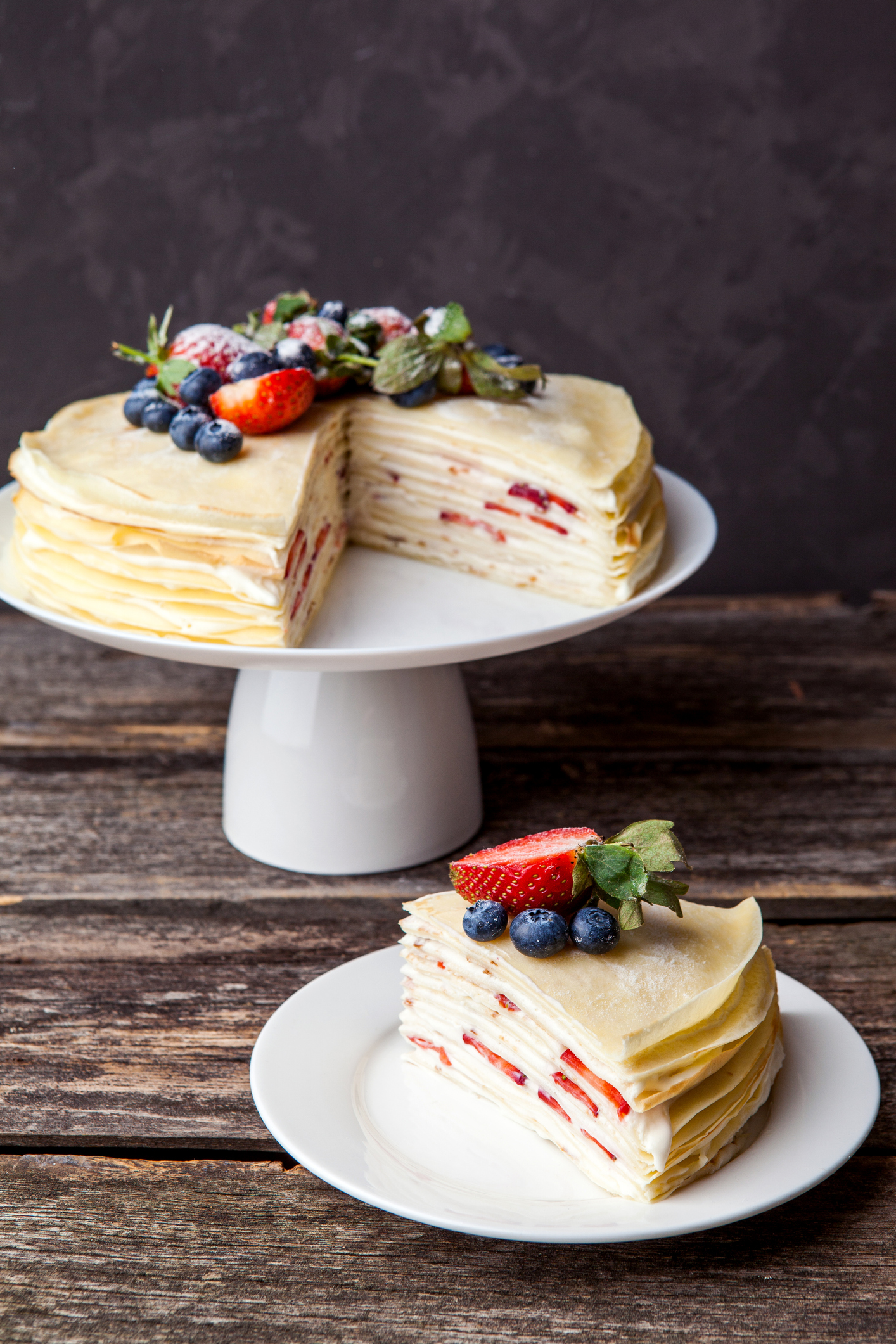
iStock
Although the traditional French crepe has been crafted for centuries, the crepe cake is a fairly recent take on the classic recipe.
Invented by Japanese pastry chef Lady M, crepe cake consists of around twenty thin layers of crepes and pastry cream. Lady M first crafted the mille crepe after opening Lady M Cake Boutique in NY in 2004, according to the Los Angeles Times.
Brooklyn Blackout Cake: 1939-1945

iStock
This cake is a chocolate lover’s paradise and definitely not for the faint-heart.
According to Bon Appétit, Brooklyn Blackout cake was first made in Ebinger’s Bakery in Brooklyn. It gets its name from its dark, rich texture and as a nod to World War II blackout drills that occurred during the time of its conception.
Cheesecake: 700s B.C.E.

iStock
Although it could technically be considered a pie, cheesecake’s smooth and spongy finish earns it a spot on this list.
Cheesecake can be filled or topped with cookies, fruit, or chocolate. But traditional, New York style cheesecake is baked using whipped cream cheese, eggs, vanilla, and sugar. The exact origin of cheesecake is not known, but it’s believed to come from ancient Greece, and may have even been served during the first Olympic Games.
Yule Log: 19th Century
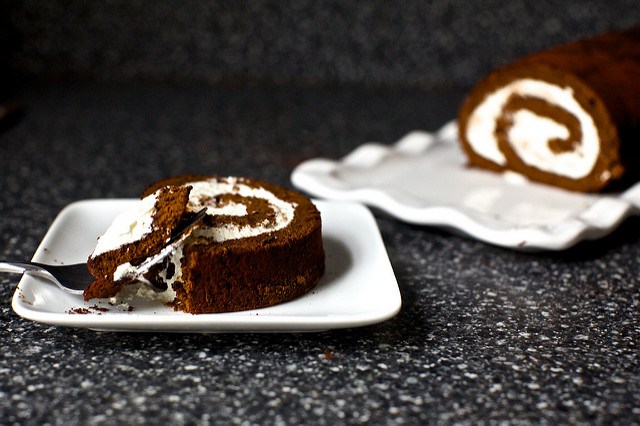
Smitten Kitchen/Deb Perelman
Often made with a chocolate sponge cake, this is another dessert that Americans often associate with the holiday season.
But what you might not know is that this cake has French origins. According to Delish, Yule Logs (aka Buche de Noel) are actually a classic French holiday dessert that dates back to the 1800s.
Carrot Cake: 16th Century

The Minimalist Baker/Dana
Ask someone if they like to add veggies to their cake batter and you may get some weird looks.
But, there’s something about carrot cake that entices us all to make an exception. Carrot cake is made with shredded carrots, spices, nuts, raisins, and tangy cream cheese frosting. Carrot cake history is hazy, but recipes can be traced back to the late 1500s, according to the World Carrot Museum.
Spice Cake: 17th Century

The Minimalist Baker/Dana
Cream cheese frosting pairs wonderfully with a lot of different cake – including spice cake.
But spice cake and cream cheese frosting is a flavor combination worth savoring year round. Recipes for this cake can be dated back to Made and with spices like nutmeg, cinnamon, and ginger, this cake offers the best flavors of fall in every bite. Although the exact origin of spice cake is unknown, it’s believed to have originated in England as early as the 17th century according to Food Timeline.
Yellow Cake: 19th Century

iStock
The recipe for yellow cake is definitely one of the most versatile.
It can be paired with a chocolate buttercream frosting for a layered cake or with dulce de leche for a caramel paradise. Traditionally, yellow cake gets its yellow-tinted color from the butter used in the recipe. Its origins trace back to the 19th century and it is likely derived from the recipe for English pound cake, according to Bakerpedia.
Olive Oil Cake: 1923

Smitten Kitchen/Deb Perelman
If you think that butter is king in the baking world, then you might be a little wary of using olive oil in your cake recipe.
However, olive oil cake and its earthy, citrus notes might make you a believer. Using olive oil in place of butter in olive oil cake also causes the cake to rise higher, according to the Splendid Table. This cake finds its origin with Harry Baker, a caterer who in 1923, developed a recipe where he swapped out solid fats for vegetable oil, according to PBS.
Cake Pops: 2008

The Minimalist Baker/Dana
This fun little treat offers the convenience of a lollipop with the tender, rich taste of a cake.
Cake pops are usually mixed with icing or frosted and formed in the shape of a ball before being placed on a stick and covered in a sweet coating. According to CNBC, this bite-sized treat was invented by Angie Dudley, aka Bakerella, in 2008 and was made popular by her appearance on Martha Stewart’s show.
Chocolate Lava Cake: Early 1980s

iStock
Also known as a molten lava cake, this popular ’90s treat is baked in a ramekin similar to one used to make creme brulee.
Although its origin is somewhat vague, this dessert is thought to have French origins. It gets its unique, rich taste from its high butter and egg proportions and according to Thrillist, and the recipe we typically use toady comes from the early 1980s.
King Cake: Old World France & Spain

iStock
King Cake is a staple dessert of Mardi Gras and consists of a sweet pastry, cake or bread with icing and colored sanding sugar.
According to Eater, King Cake likely originated in Old-World France and Spain, and was popular during the Middle Ages. It’s also usually garnished with beads. In New Orleans, you can find bakeries that specialize in making this beloved staple.
Tres Leches Cake: Unknown

Smitten Kitchen/Deb Perelman
The origin of tres leches cake isn’t entirely known, although it was first created in Latin America.
Also known as three-milk cake, or simply milk cake, this dessert is soaked overnight in milk, vanilla, and/or cream to give the cake a moist and sweet flavor. The exact conception of tres leches cake is not known, but according to the Los Angeles Times, its roots are likely linked to Nicaragua or Mexico.
Petit Fours: 19th Century

iStock
Originating in France, these miniature pastries are usually enjoyed with tea or sandwiches.
Petit fours roughly translates to “little oven” in English, and they are made up of a combination of tiny cakes and cookies with a number of delicious toppings, according to Escoffier Online. These miniature desserts were first developed by 19th century French bakers.
Checkerboard Cake: 1880s

iStock
A quirky twist on a traditional layer cake, checkerboard cake is designed to resemble a checkerboard pattern when you cut into it.
It’s made by cutting rings of chocolate and vanilla cake layers and placing them within each other to create the unique pattern. According to the Washington Post, checkerboard cake can be traced back to England in the late 1800s.
Japanese Cheesecake: 1979

iStock
This Japanese dessert has been making a big splash on the dessert scene in recent years.
Combining the tangy taste of cream cheese with a souffle-like batter will create Japanese Cheesecake, a sweet, airy, and super jiggly treat. Recipes call for cream of tartar and many eggs. Although it’s unknown when this recipe came to be, Uncle Rikuro and other bakers been serving these unique desserts for at least 30 years, according to Business Insider.
Funnel Cake: 17th Century

This is the treat that you most look forward to at any carnival or fair.
Funnel cakes are fried using a funnel to shape the batter, and topped with a coating of powdered sugar. Funnel cakes first came to the US with Pennsylvania Dutch immigrants in the 17th and 18th centuries, according to Parade. Today you can find them at theme parks or local events where they are served with fresh whipped cream and fruit.
Marble Cake 19th Century
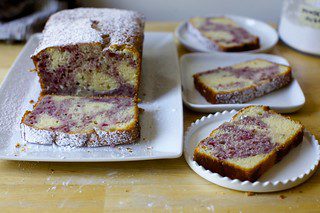
Smitten Kitchen/Deb Perelman
Although it combines flavors similar to checkerboard cake, marble cake history is in a lane all its own.
It is crafted by swirling together two flavors, like chocolate and vanilla, in one cake pan and baking it to reveal a beautiful and delicious marbled pattern. This cake comes from 19th century Germany, according to The Nibble.
Coffee Cake: 1879

iStock
Perfect alongside a cup of coffee or milk, the coffee cake we know and love first originated in Germany.
According to Foodimentary, it is a cake baked with a streusel-like topping that often contains cinnamon and brown sugar. It wasn’t until around 1879 that the phrase “coffee cake” was used to describe this sweet treat.



